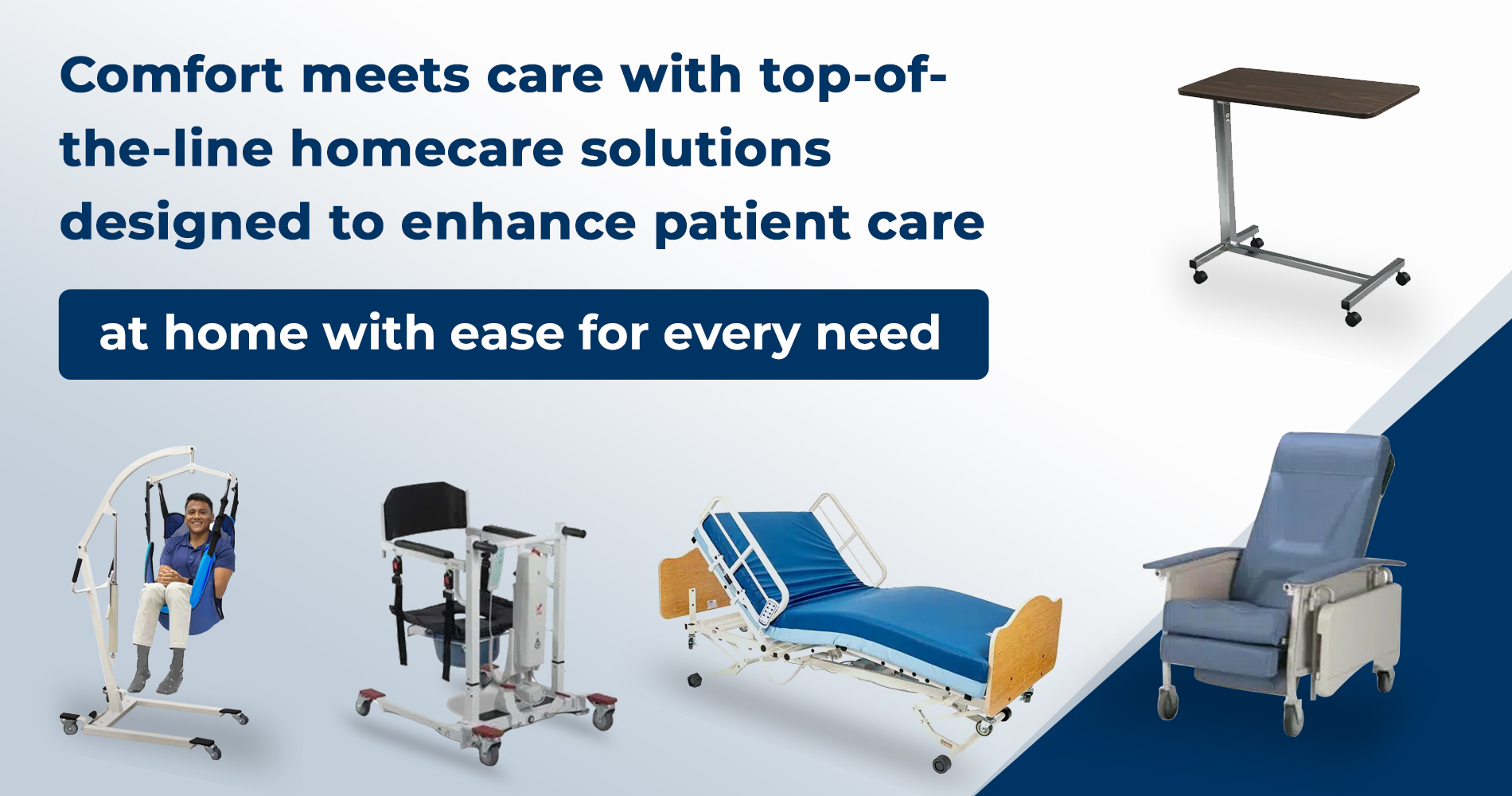Medical tourism, the practice of traveling to another country for medical treatment, has seen significant growth in recent years. Driven by factors such as high costs of healthcare in certain countries, advanced treatment options abroad, and shorter wait times, this global industry continues to evolve. As patients seek quality care at more affordable prices, understanding the dynamics of medical tourism becomes increasingly important for both consumers and healthcare providers.
Overview of Medical Tourism
Medical tourism involves traveling internationally to receive medical care, ranging from elective procedures to complex surgeries. Patients are often motivated by lower costs, access to specialized treatments, or shorter waiting times compared to their home countries. According to the Medical Tourism Association, the global medical tourism market was valued at approximately $54 billion in 2023 and is projected to grow at a rate of 15% annually over the next five years.
Resource: Medical Tourism Association – Market Overview
Key Drivers of Medical Tourism
- Cost Savings
One of the primary reasons individuals seek medical treatment abroad is cost savings. Procedures in countries like India, Thailand, and Mexico can be significantly less expensive than in the United States or Western Europe. For example, a hip replacement in the U.S. can cost upwards of $40,000, while the same procedure in India may be available for around $10,000, including travel expenses.
Resource: International Society for Medical Tourism – Cost Comparisons
- Access to Advanced Treatments
Medical tourists often seek advanced or experimental treatments not available in their home countries. For instance, stem cell therapies and certain cancer treatments offered in clinics in Germany or Japan attract patients from around the world. The availability of cutting-edge technology and specialized care is a significant factor driving this trend.
Resource: Journal of Medical Innovation – Advanced Treatments
- Shorter Wait Times
In countries with public healthcare systems, such as Canada or the UK, long wait times for non-emergency procedures can lead patients to explore options abroad. For example, a patient waiting for a knee surgery in Canada may choose to travel to the U.S. or Mexico to receive treatment sooner.
Resource: Canadian Medical Association Journal – Wait Times
Risks and Considerations
- Quality of Care
While many medical tourism destinations offer high-quality care, there can be variability in standards. Patients must carefully research healthcare providers and ensure that they are accredited by international organizations, such as the Joint Commission International (JCI). Complications from subpar care can result in additional costs and health risks.
Resource: Joint Commission International – Accreditation Standards
- Legal and Ethical Issues
Medical tourists should be aware of the legal and ethical considerations involved in seeking care abroad. Differences in medical regulations and malpractice laws can impact patient rights and recourse in case of complications. Understanding the legal framework in the destination country is crucial for informed decision-making.
Resource: World Health Organization – Medical Tourism Regulations
- Post-Treatment Care
Follow-up care and recovery can be challenging when treatment is received abroad. Patients may face difficulties accessing necessary follow-up care or dealing with complications once they return home. Ensuring a comprehensive post-treatment care plan is essential to mitigate these risks.
Resource: International Medical Travel Journal – Post-Treatment Care
Conclusion
Medical tourism continues to expand as patients seek cost-effective and specialized healthcare solutions across borders. While this trend offers significant benefits, including reduced costs and access to advanced treatments, it also presents challenges related to quality of care, legal issues, and post-treatment follow-up. By thoroughly researching options and understanding potential risks, patients can make informed decisions and navigate the complexities of medical tourism more effectively.

